Browse Primary Sources
Locate primary sources, including images, objects, media, and texts. Annotations by scholars contextualize sources.
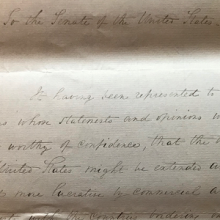
A letter from U.S. President Andrew Jackson to the Senate Dated Washington, May 30, 1834
A letter from President Andrew Jackson to the Senate where the President discusses the possibility of extending US trade. Jackson was particularly interested in the potential trade connections with areas around the Indian Ocean.
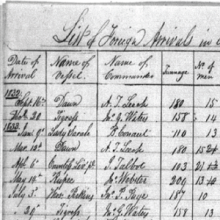
List of Foreign Arrivals in the Port of Zanzibar from the 16th September 1832 to 26th May 1835
This is an ostensibly mundane document that contains a tremendous amount of information for interpreting the global dynamics of this period of history, all while peering out into the world from the tiny island of Zanzibar.
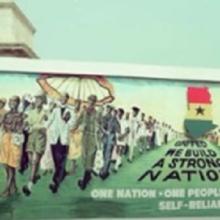
Lord Kitchener, “Birth of Ghana,” 1957
On March 6, 1957, the Gold Coast Colony declared its independence from Britain and became Ghana, the first West African nation to break from European colonial rule. The calypso musician Lord Kitchener (birth name Aldwyn Roberts) recorded his song titled “Birth of Ghana” to celebrate independence.
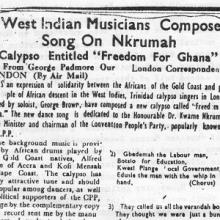
George Browne “Freedom for Ghana”
While living in London in the early 1950s, the Trinidadian calypsonian George Browne (whose stage name was Young Tiger) penned a calypso called “Freedom for Ghana” that caught the attention of George Padmore, the Trinidadian pan-Africanist intellectual and journalist, who wrote about it in the Ghanaian newspaper The Morning Telegraph (Sekondi) in this article from February 5, 1952.
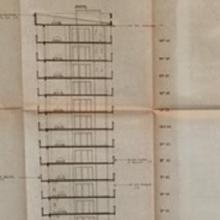
Construction drawing of a social housing high-rise in Duchère
This image shows the standardized framework of a social housing high-rise, dubbed une cité. These manufactured housing units were constructed quickly in French suburbs to accommodate a rapidly growing population. Between 1960 and 1980, more than nine million housing units were constructed throughout France.
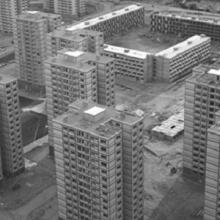
Social Housing development in France
In addition to La Duchère, other social housing developments in greater Lyon included Les Minguettes in Vénissieux, where 9,200 units for 35,000 residents were constructed between 1966 and 1973, and the 8,300-unit Mas du Taureau, built between 1970 and 1980 (in addition to La Grappinière, with a population of approximately 30,000) in Vaulx-en-Velin, east of Lyon.

Picture of civil rights activist, Djida Tazdaït
One of the realizations of the 1983 March for Equality and Against Racism was the election to the new European Parliament the Lyon-based civil rights activist, Djida Tazdaït (1957- ). In 1989, she was elected as the first woman of North African descent to serve in that capacity until 1994.
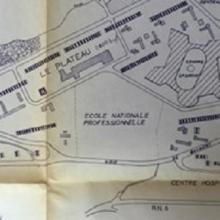
Plans for Social Housing in France
Most of the new housing was constructed on cities’ fringes, or on adjacent farmland just outside the central city, by a quasi-public company known by its French initials SCIC (Société central immobilière de la Caisse des dépôts, or Central Real Estate Company of the Deposits and Consignments Fund).
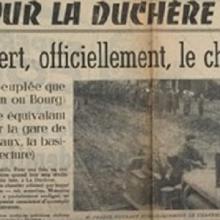
The mayor of Lyon, France drives a bulldozer to initiate construction of social housing
The headline reads, in English, “Aboard a bulldozer, Mr. Pradel officially opened the site of the future city.” In October 1958, Lyon Mayor Louis Pradel was seen riding a bulldozer to break ground for a new social housing development called “La Duchère” in the city’s western-most ninth arrondissement.
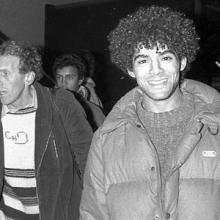
SOS Avenir Minguettes President Toumi Djaïdja in Lyon, France
Toumi Djaïdja (third from right) in Lyon, 1983. Source: Le Progrès photo archives.

Pittsburgh News Coverage of the Community Reinvestment Group
"PCRG challenges financial institution lending practices,” Pittsburgh, Dec. 22, 1993.

Pittsburgh Newspaper Article “Bank Gives Boost to Black Areas”
“Bank Gives Boost to Black Areas,” New Pittsburgh Courier, Pittsburgh, July 2, 1988.
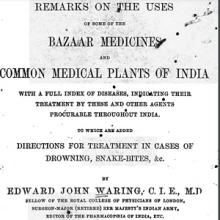
Edward Waring on Borax as medicine in India
Waring published the book in several Indian languages and another publication Supplement to the Pharmacopoeia of India, written by Moodeen Sherriff, an Indian doctor working for the colonial administration, provided the translations and medical plant knowledge in 14 different languages.
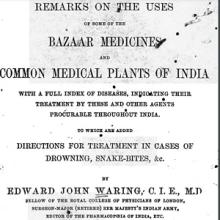
Edward Waring on Assafœtida as medicine in India
Medical publications appealed to a medical and popular audience in the hopes of providing surgeons with tips on how to obtain similar drugs and medicine in local bazaars which could not be obtained elsewhere. Waring compiled local and indigenous medical knowledge and provided the Latin and local name of each medicine found in markets in southern India.
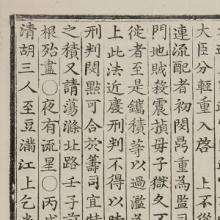
Veritable Records of the Chosŏn Dynasty
In the twenty-first century, we are used to post-Westphalian norms of inter-state equality and noninterference. These norms, however, did not apply to interstate relations between the Qing empire and its tributary states.
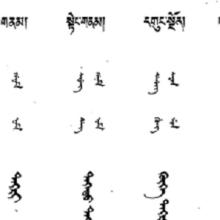
Page from the Pentaglot Manchu Glossary
The Qing empire was founded by the Manchus, and they used a language and a script that were distinct from those used in China Proper. From the 1630s to the 1760s, the Manchus went on to build an early modern empire consisting of its core of China Proper as well as the Inner Asian frontiers such as Manchuria, Mongolia, Tibet, and Xinjiang.
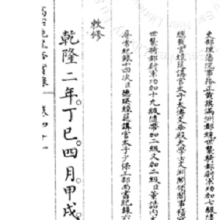
Page from Qing Veritable Records
The Qing court used a twelve-month lunar calendar based on the sexagenary cycle, distinct from the solar Gregorian calendar used by most of the world today. This page from the Qing Veritable Records (Da Qing shilu) provides a good example. Here, the date is given in the following format: Qianlong year 2, dingsi [year], month 4, jiaxu [date].
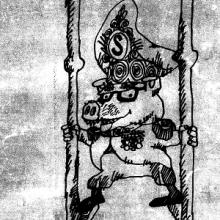
Somoza cartoon
This pamphlet cover, published in 1978 by a U.S. solidarity organization, is a fantastic focal point for exploring periodization in the history of U.S.-Nicaraguan relations. It depicts a cartoonish parody of the Nicaraguan dictator Anastasio Somoza Debayle being propped up by the legs of the U.S. eagle.

Letter from the Nicaraguan embassy
This 1987 letter from the Nicaraguan embassy to Richland County Citizens for Peace and Justice, RCCPJ, a Wisconsin solidarity organization, highlights the ways in which non-state actors can craft impactful foreign policies.
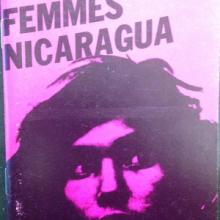
Femmes Nicaragua
This pamphlet is an excellent example of the alternative diplomacy pursued by the FSLN in its struggle with the United States government in the 1980s.